The human imagination is where the impossible becomes possible, where our fantasies wait to become realities, and where our thoughts, fears, passions, loves, and paranoia’s reside. Its the world within our world, and it both shapes and is shaped by reality. This lesson will address the relationship between imagination, fantasy and reality, and explore the many ways that fantasy is expressed in the humanities.
Lesson Objectives:
- recognize elements of fantasy in reality
- identify the role of fantasy in shaping and constructing the humanities
- formulate a perspective on the relationship between fantasy and reality
The Role of Fantasy and Imagination in Creating Reality
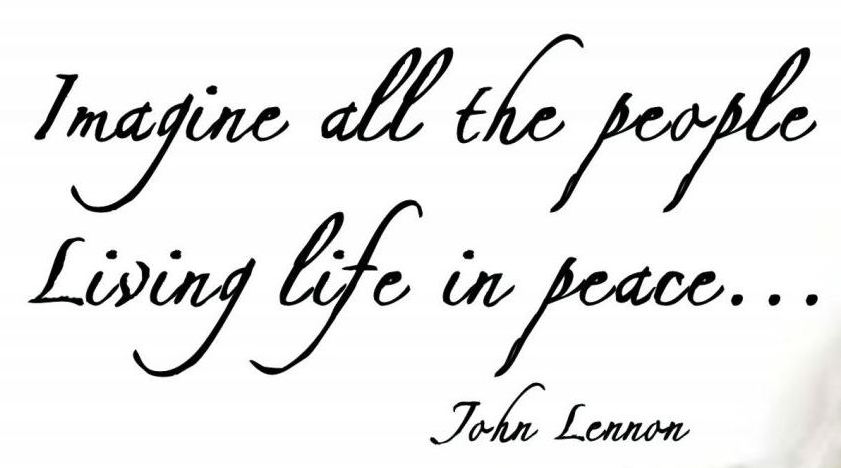
Imagination is a uniquely human ability that occurs through intentional dreaming to create new ideas, images or concepts that are not present to awareness or the senses. It involves a set of cognitive processes as a means of producing something from within ourselves, and this enables people to create alternative realities and scenarios that not only include fantastical creatures and magical worlds, but it also allows people to plan for the future and set goals, engage in hypothetical reasoning, invent and innovate, develop symbols and meanings, design new things, maintain hope, keep faith, and develop the drive to work towards a better world.
Fantasy comes from the act of imagining things. It originates from our imagination and the cognitive process of creating unrealistic or improbable mental images or ideas. Fantasy is oftentimes a response to a psychological need; to innovate and invent a solution to a problem, to escape a situation, to enhance a desire, and/or to play for relief. There are conscious and subconscious fantasies, and both types of fantasy articulate with reality.
The humanities provides a platform for humans to bring fantasy and imagination into reality. For thousands of years, artists have produced elaborate representations of imaginative things, places and scenarios. Prehistoric cave paintings are the precursor to contemporary depictions of daily life communicated through art, song, film, poetry, literature, and dance created by modern humans today. The 20,000 year old cave paintings of Lascaux in France (below) are one of the most famous prehistoric renditions of prehistoric life and fantasy that includes a wide range of creatures and humans and the day to day activities of living in the paleolithic era. Review the images below, what do they tell you about the life and world of prehistoric people?
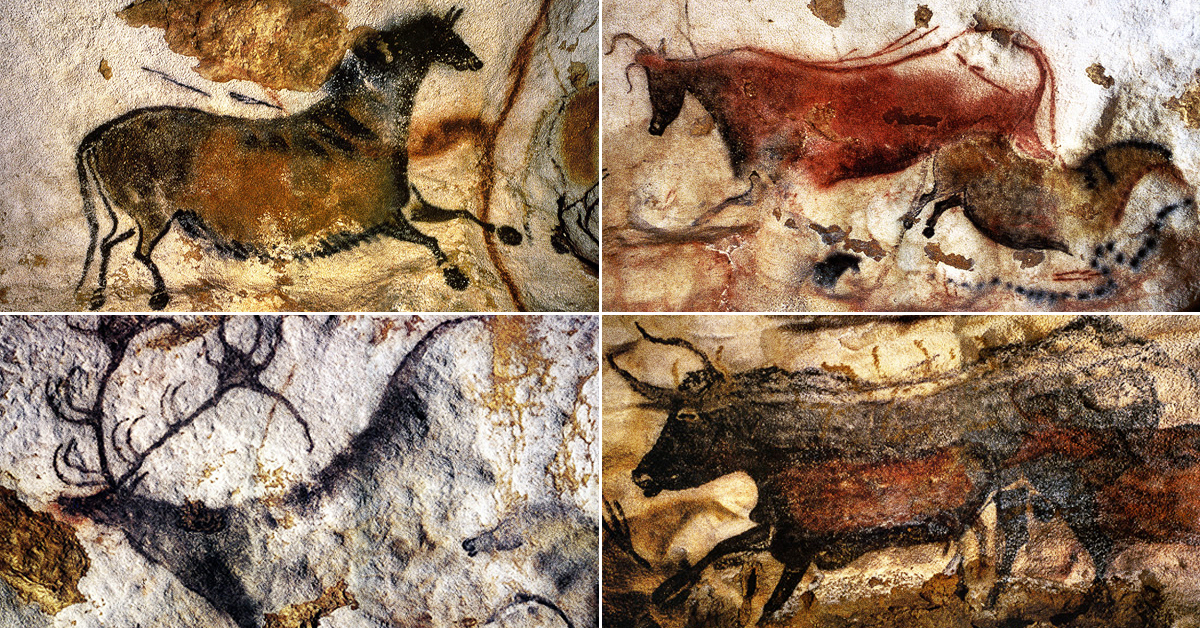
Prehistoric cave paintings tell us more about people than just daily life. Watch the documentary trailer for the Werner Herzog film, Cave of Forgotten Dreams (2011) and consider how caves and the paintings within tell a story about the imagination of prehistoric people. In what ways do the paintings connect modern explorers to the prehistoric painters that decorated the cave walls?
Creative works produced and left behind over thousands of years give us a window into the minds of people who lived and died before us, and their work gie us a glimpse of how humans connect through shared thoughts, feelings, emotions and dreams.
Dreaming and our Imagination
Dreams are the link between our intentional conscious imagination and our unintentional sub-conscious thought processes such as imaging, emotions, sensations, and ideas. Dreaming most often occurs during sleep when brain activity is high during a period called rapid eye movement (REM) sleep. The average person has three to five dreams per night, and each dream may last from a few seconds to more than 30 minutes. Dreaming is not only linked to the human imagination, it has captured the human imagination as people have struggled to understand the meaning and purpose of dreams for the dreamer as well as for society. The TedEd video below explores scientific approaches to the role of dreaming.
Dreams can represent premonitions about the future, alternative realities, symbolic meanings, and hidden fears or fantasies. Dreaming also drive our desire to invent and innovate in ways that shape our reality.
Imagination, Invention and Innovation
“To invent, you need a good imagination and a pile of junk.” – Thomas Edison
Human ingenuity comes from the capacity to imagine something that does not exist and create it into existence. This includes solutions to problems, new ways of doing things, and a better world for our future. The history of humanity consists of a series of creative adaptations, innovations and inventions that have fundamentally transformed the human condition.
- Innovation is the process of turning a new concept into commercial success or widespread use.
- Invention is the creation of a new idea or concept.
- Creativity is the act of turning new and imaginative ideas into reality.
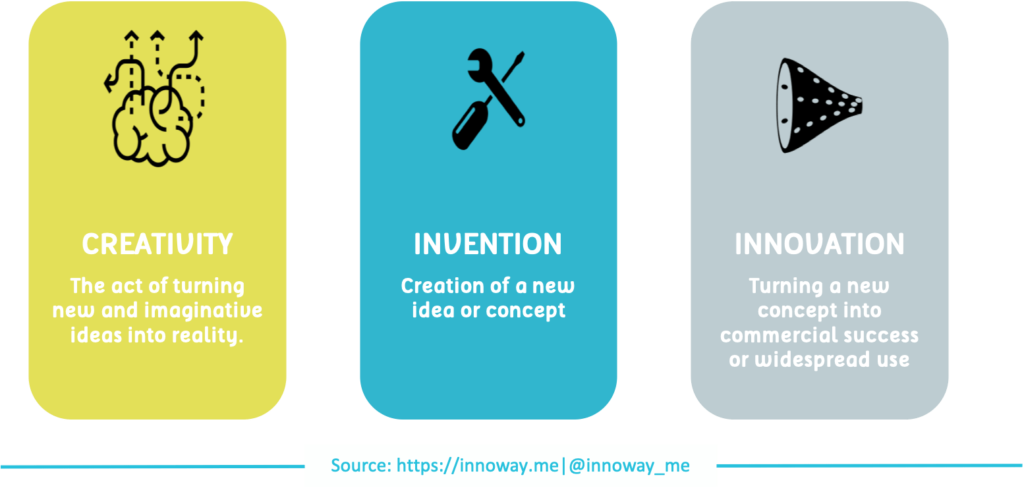
Creativity, invention, and innovation are all interrelated, and the human practice of creating, inventing and innovating over millions of years has shaped the realities humans live in today. The General Magic documentary trailer below shows how the creative imagination of a team of young twenty-somethings in the 1980s helped invent one of the most transformative, and life-changing, innovations of the 21st century.
Communicating through creativity and sharing innovations and inventions can connect people through time (history) and space (culture). Creativity and invention enables humans to cross language and culture barriers and to connect with each other through the shared experience of being human. As a result, some scholars have identified repetitive patterns of shared meanings among different human groups through history and across cultures. Academics have offered a wide variety of different interpretations for shared patterns and meanings such as the notion of a human collective consciousness.
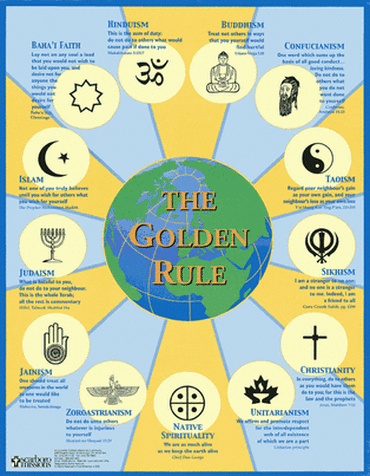
Collective Conscious & the Imagination
The Collective Conscience is a term coined by 20th century psychoanalyst, Carl Jung, to refer to structures of the unconscious mind which are shared among beings of the same species. According to Jung, the human collective unconscious is populated by an interaction between primitive instinct and by archetypes, or universal symbols, that are shared through subconscious connections. Archetypes are considered universal by Jung because they are repetitive through history and across cultures, and Jung argues that they must therefore emerge from a collective consciousness that connects humans through a shared human psyche.
Examples of archetypes include the Great Mother, the Wise Old Man, the Shadow, the Tower, Water, the Tree of Life, the Golden Rule, and many more. Jung argued that the collective unconscious influenced individuals who live out universal symbols and meanings through personal experiences. The psychotherapeutic practice of Jungian psychology revolves around examining a person’s relationship to the collective unconscious. This includes the interpretation of dreams among other things. Jungian theorists also believe that we can develop a deeper understanding of societies and civilizations by examining archetypical myths, stories and legends that communicate the unique perspectives of a culture while reinforcing that cultures connectivity to the universal human experience.
Mythology
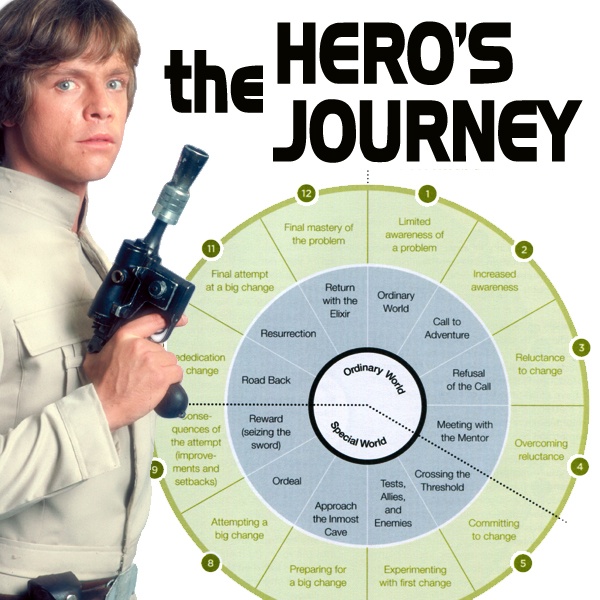
A myth is a story consisting of events that are ostensibly historical and explaining the origins of a cultural practice or a natural phenomenon. Myths may be a sacred story that communicates religious or spiritual significance for those who share it; a traditional narrative passed down through generations that communicates life lessons or a cultures systems of thought and values; a tale about divinity; or an explanation as to why something (ie suffering) exists. Myths oftentimes involve symbols with multiple meanings as well as archetypical beings such as gods and goddesses, heroes and heroines, or particular animals and plants. Monomyths are archetypical myths that repeat throughout history and across cultures such as creation stories that narrate how the world or a people came into existence.
An American mythological researcher, Joseph Campbell, wrote a famous book entitled, The Power of Myth, which illuminates the significant role of myths and mythology in humanity. His subsequent book, The Hero with a Thousand Faces, identified common patterns running through hero myths and stories throughout histories and across cultures. Through comparative analysis, Campbell outlined several basic stages included in nearly every hero-quest mythology which her refers to as “The Hero’s Journey.”
The Ted Talk below by Matthew Winkler explores the Hero’s Journey in a broad range of popular contemporary stories.
Fantasy, Imagination and Dreaming in the Humanities

The humanities provide a platform for the imaginative expression of ideas and concepts, and it serves as a vehicle to bring fantasy out from the imagination of the mind and into the world for the audience to share. Humans communicate fantasy and imagination through mediums such as literature, art, song, philosophy, design, religion, history, and the use of symbols with deep meanings. Martin Luther King’s speech, I have a Dream, communicates a fantasy about a more just and equitable world, and the shared dream motivates people to manifest the dream into a reality.
By understanding the ways humans use imagination and fantasy to communicate deep and profound meanings and experiences in the Humanities, we can develop a better understanding of the complex experiences shared by people through time and across cultures.
Questions to Consider for In-Class Discussion
- What is the role of fantasy and imagination in the history of humanity?
- Why is sleep and dreaming important to human cognition?
- According to Jung, what is the relationship between archetypes and the collective consciousness?
- How does imagination, creativity, innovation, and invention shape the human experience?
References and Resources
To learn more about fantasy, imagination and dreaming in the humanities, explore the links below.
- Laetz, Brian and Joshua Johnston. 2008. “What is Fantasy?” Philosophy and Literature. Volumn 2, April (161-172)
- Imagination and Film, University of Chicago
- ‘Imagination’ Stanford Encyclopedia of Philosophy
- Bundy, Murray. ‘Invention and the Imagination in the Renaissance’ The Journal of English and Germanic Philology Vol. 29, No. 4 (Oct., 1930), pp. 535-545
For Discussion in Canvas
Use terms and concepts from this lesson (place them in bold or italics) to define and describe a specific example of how fantasy and/or imagination has shaped your reality. Consider the ways that your fantasy and imagination construct reality in the process of planning, remembering, inventing, problem-solving, setting goals, talking to yourself, dreaming and envisioning your future. How does your imagination fuel phobias, anxieties, fears, jealousies and other inner thoughts and feelings humans struggle with? How have abstract and intangible ideas and concepts that originated in your fantasies and imagination resulted in real and/or tangible products, results or outcomes in your reality?
For the Creative Journal
Create a representation of the role of fantasy in reality. What is the relationship between the two? Are they separate spheres or two forms of the same thing? Think of the ways that your fantasies and imagination shape your reality. Contemplate goals, fears and phobias, aspirations and visions of the future as well as memories of the past. Dig deep into your right-brain creative imagination to invent an expression. Its important that you do not limit yourself to drawing in this course; explore different mediums and techniques such as collage, carving, repurposing, sculpting, fingerpainting, wordsmithing, …. Refer to the Creative Journal lesson for ideas and suggestions and branch out to invent a few of your own. Dont forget, the journal is about creating, inventing, playing and exploring – do not worry about how it turns out.
